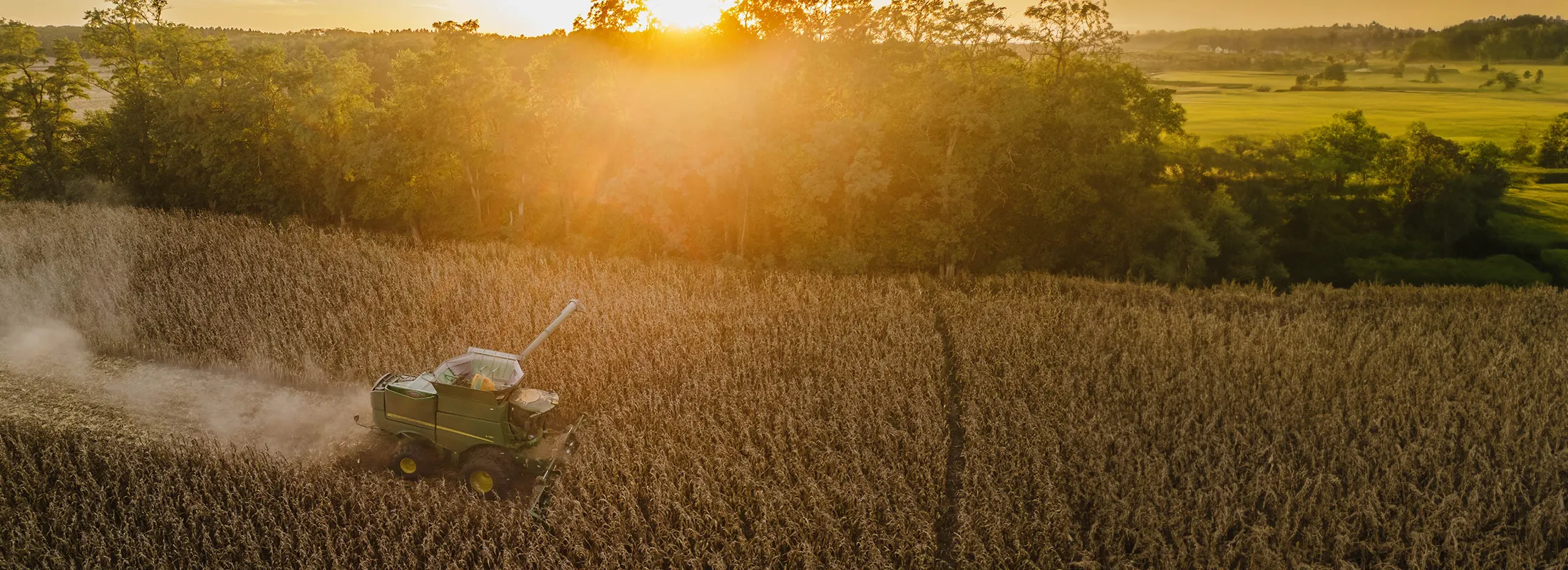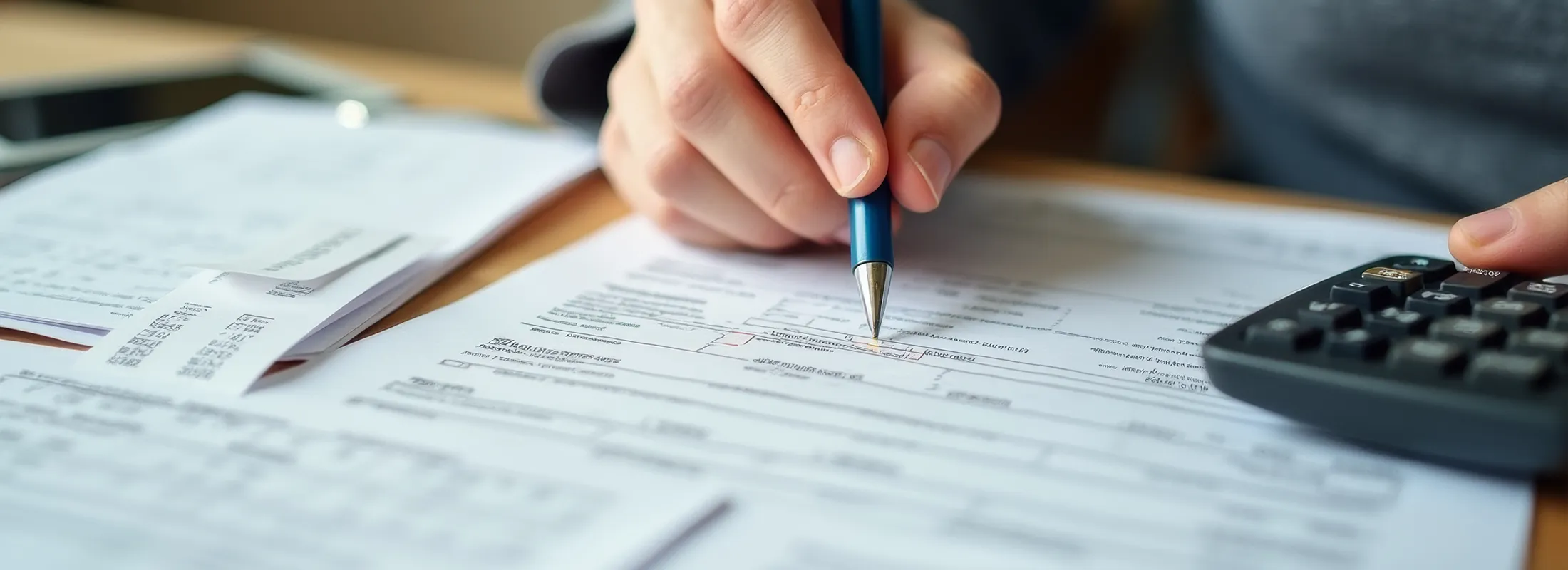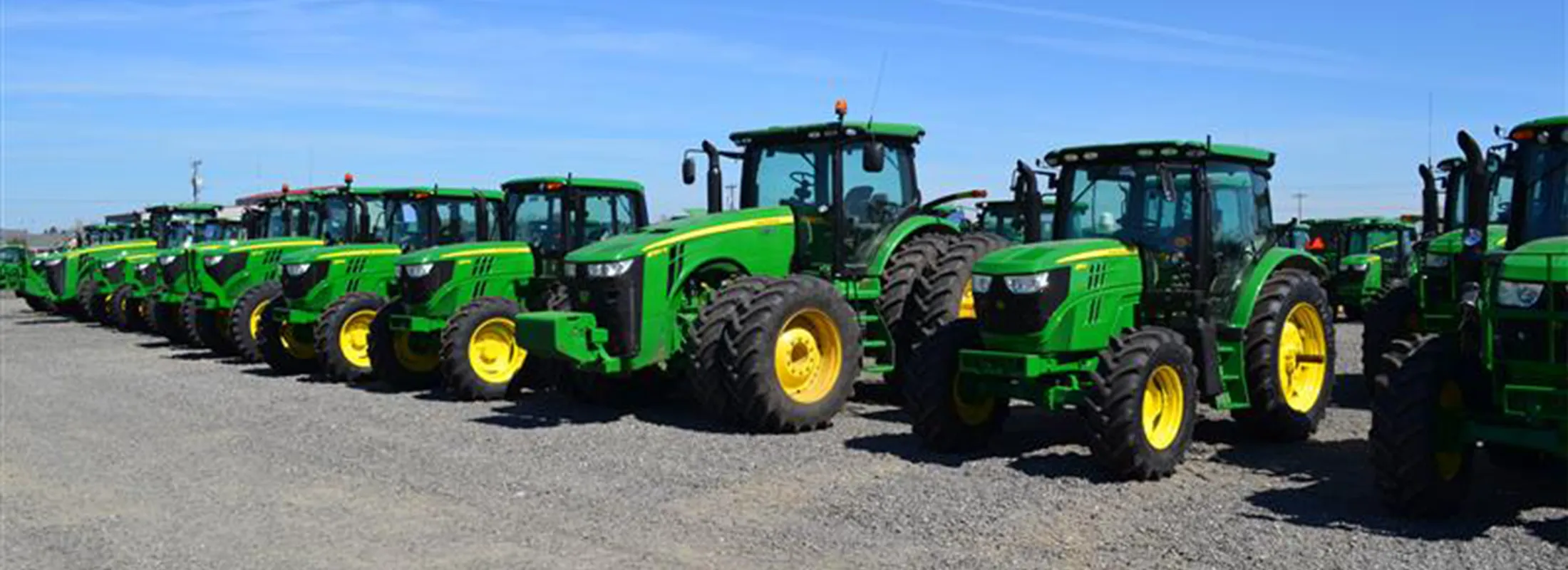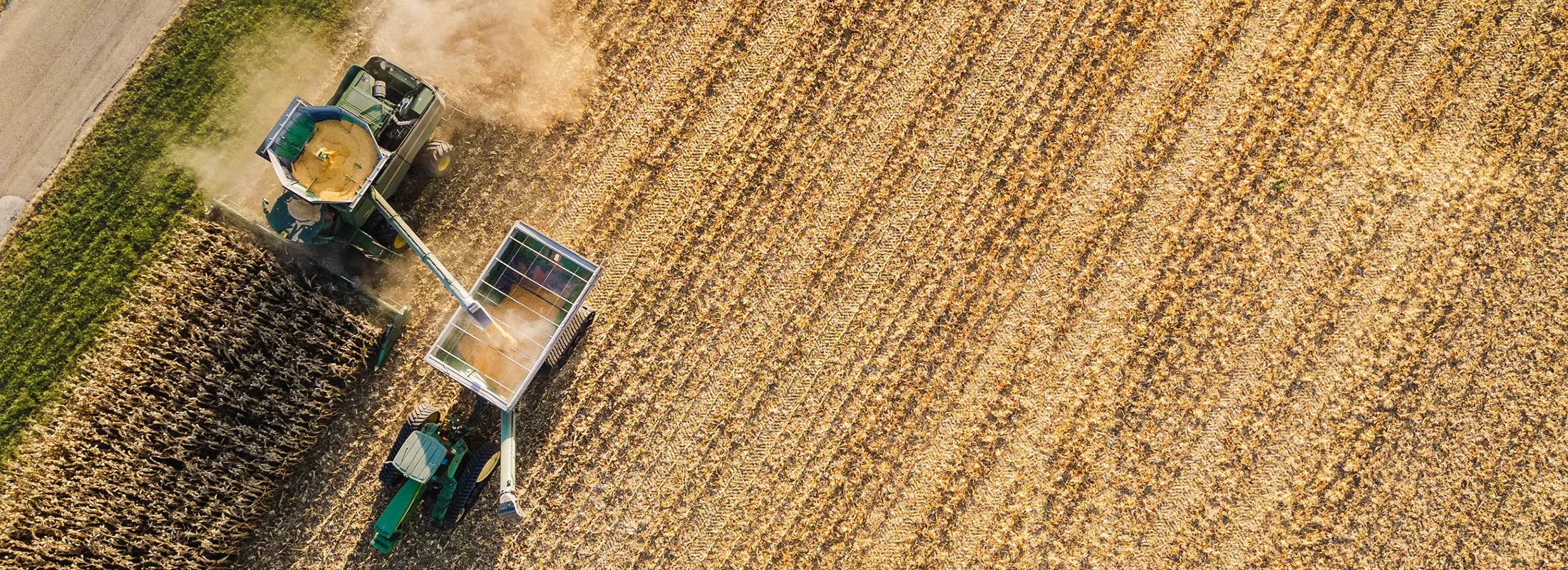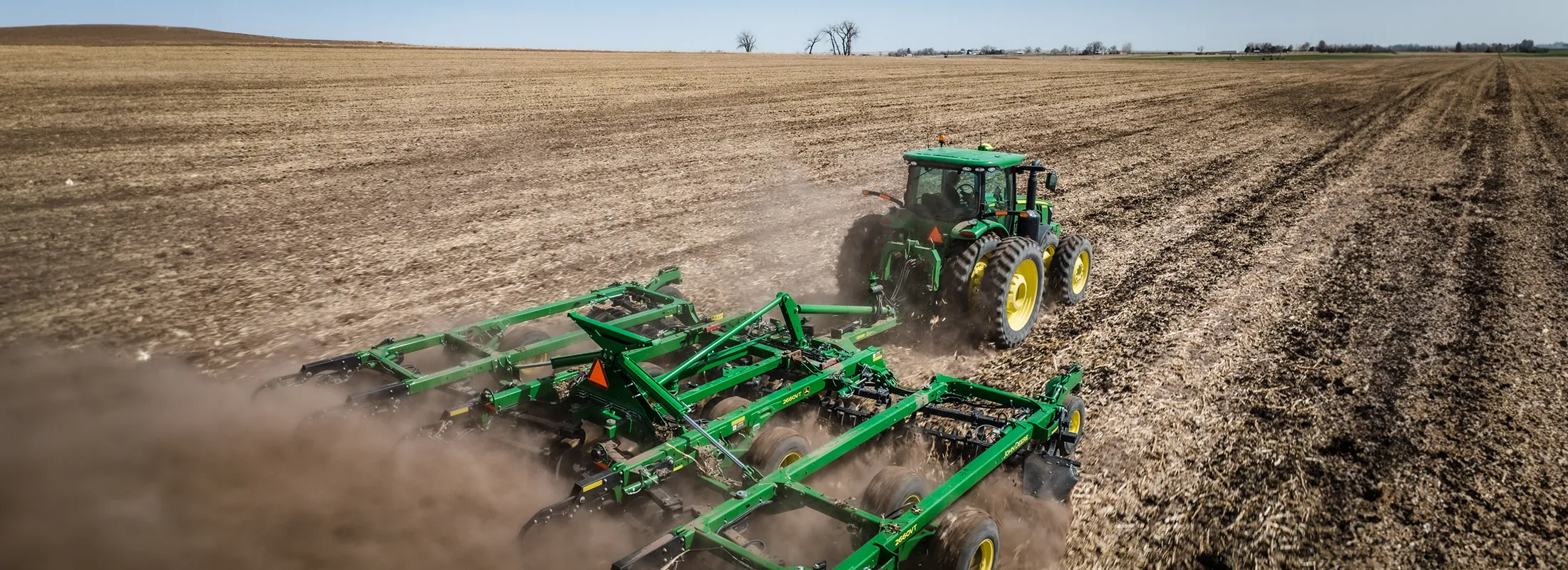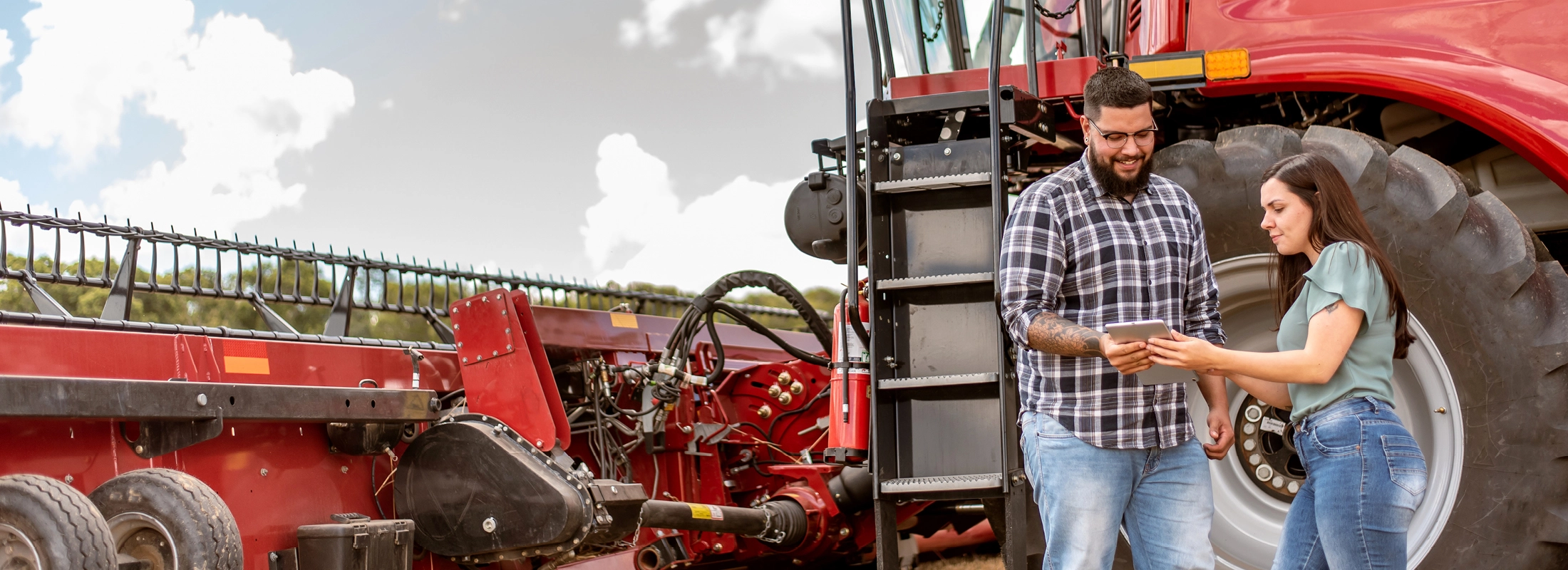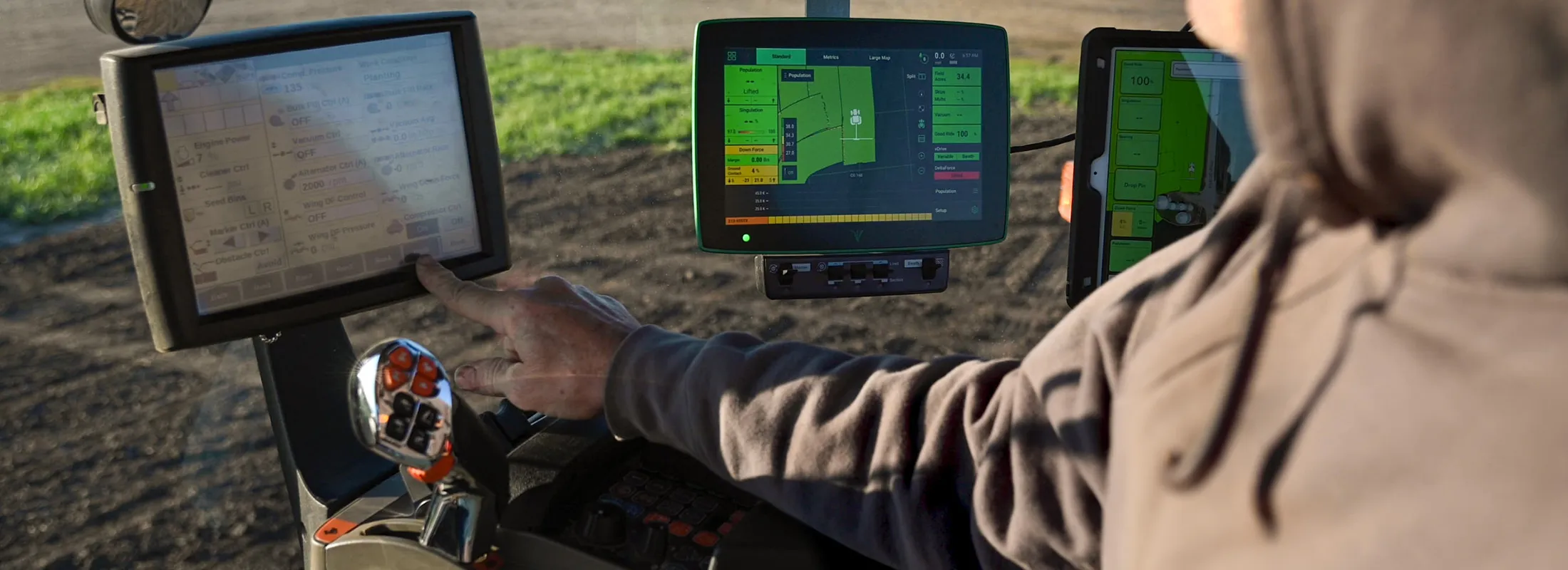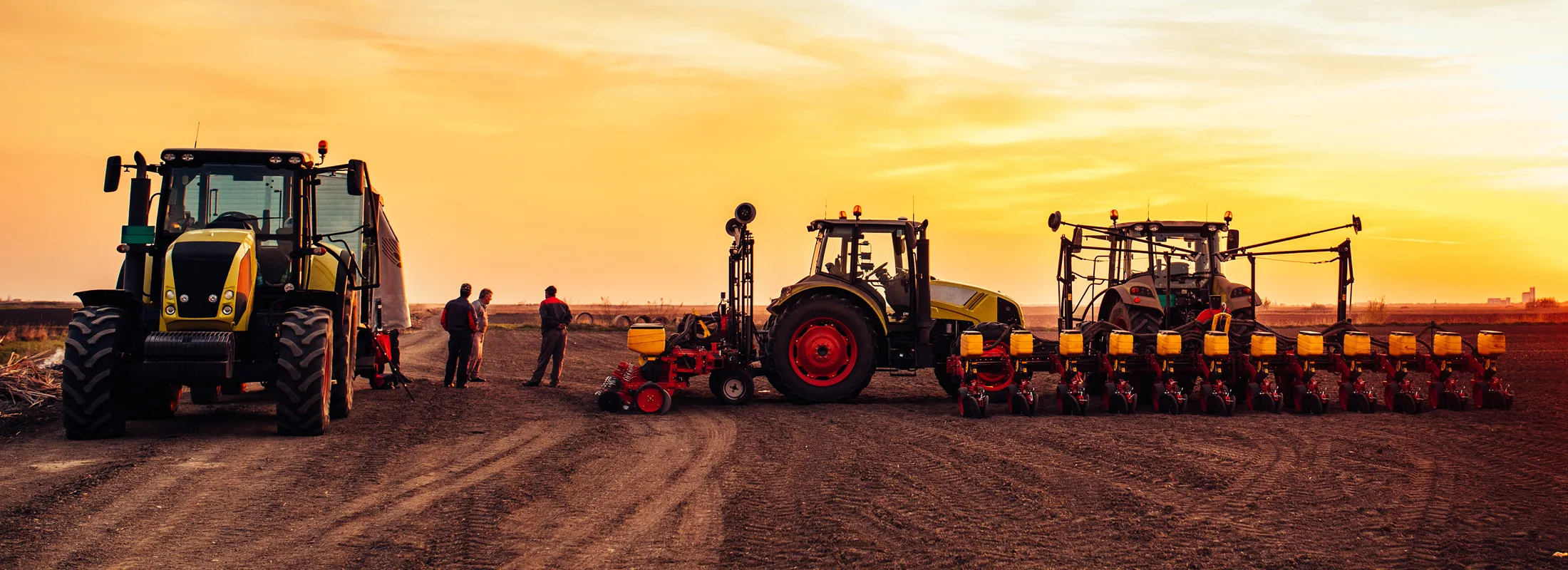Planning to make an equipment purchase before year-end? Now is a great time to evaluate your machinery line-up, review your records and discuss options to reduce your tax liability with your accountant.
Whether you’re looking to purchase new or used equipment, leasing can serve as an effective tax management tool and provide flexibility for controlling cash flow. Learn more about how adding leasing to your financial toolkit can benefit your operation below.
Lease types and tax treatment
From a tax perspective, leases are classified as either a true tax lease or a conditional sales lease.
If you’re considering leasing your equipment, one of the first questions to ask yourself is whether you’re looking to write off your lease payment over the course of the lease, or whether you would like to take depreciation on the asset.
Answering this question will help you determine which type of lease is right for you for tax purposes. Both options can be beneficial, but the ultimate choice should be made based on your tax circumstances.
With a true tax lease, lease payments can be deducted as an operating expense rather than deprecating the asset. This offers the benefit of a steady, predictable write-off throughout the term of the lease, allowing you to align expenses with asset usage.
The alternative to the true tax lease is the conditional sales lease. Under a conditional sales lease, depreciation is taken on the asset rather than deducting the lease payment. While this option offers depreciation benefits like a loan, it also provides the flexibility of a lease including cash flow management and less out-of-pocket costs up front.
Lease structure and payment flexibility
Whether you prefer to write off payments or take depreciation, there are several options to structure a lease to fit your unique needs. The three basic components of a lease structure include term, residual and payment frequency.
Lease terms vary, but with AgDirect they can range from 2 to 7 years depending on the equipment type and amount financed.
A distinct advantage of leasing is having the option to trade the asset in for a new leased machine, purchasing it or returning the equipment to the lessor. The residual, or the purchase option, is based on a percentage of the asset cost and the expected value of that asset at lease end.
Payment flexibility is another advantage of a lease. For example, lease payments can be tailored to match your cash flow whether that means scheduling monthly, quarterly, semi-annual or annual payments.
In addition to adjusting the length of term, frequency of payments and residual value of the equipment at lease end, machinery lease payments are often lower than loan payments, and in some cases, cash flow can be recaptured by selling assets and then leasing them back.
A purchase leaseback allows a lease to be written on equipment that has been purchased or already placed into service earlier in the year.
After lien searches are completed and proof of vendor payment has been verified, AgDirect will write a lease on your equipment and reimburse you the cash you originally paid for the equipment or will pay off your current loan or lease and apply the equity toward your new lease.
Purchase leasebacks are a great tax management tool to leverage during the third and fourth quarters of the year – allowing you to increase tax deductions while also taking advantage of a low AgDirect lease rate.
Other leasing benefits
Market volatility and the rising cost of machinery has created cash flow sensitivity in recent years. Leasing is one solution that can be used to reduce debt and save working capital that would otherwise be used to purchase assets.
The following example compares an estimated loan versus lease payments for a new row crop tractor using a 5-year walk away lease agreement with a limit of 300 hours per year. In this comparison, the lease option lowers the annual payment by more than $24,000. The actual payment amount and residuals may vary depending on equipment brand, rate, closing date, asset valuation and other factors.
Loan vs. Lease Comparison
| Quote Type | Finance | Lease |
|---|---|---|
| Sales Price / Finance Amount | $300,000.00 | $300,000.00 |
| Rate | 3.15% | 3.15% |
| Terms (Years) | 5 | 5 |
| Payment Frequency | Annual | Annual |
| Residual Percentage | N/A | 41% |
| Payment | $65,945.04 | $41,470.75 |
| # of Payments | 5 | 5 |
| Cost to Own | $329,725.20 | $330,353.75 |
| Total Principal | $300,000.00 | $300,000.00 |
| Total Interest | $29,725.20 | $30,353.75 |
Other considerations for integrating leasing into your operation include maintenance and repairs, economic depreciation and access to newer technology.
Maintenance and repairs
As equipment ages, increasing repair costs beyond routine maintenance can become a burden to equipment owners. Leased equipment, on the other hand, can be replaced before repair costs begin to mount.
Typically, lessees are responsible only for repairs not covered under warranty. Leasing can also reduce the risk of equipment obsolescence or breakdowns during critical times, such as harvest.
Depreciation of Farm Machinery
Another important leasing consideration includes the economic depreciation of farm machinery or it’s decline in asset value over time. Although this factor can be difficult to evaluate, the total cost of depreciation will be greatest during early ownership.
By leasing equipment, you can avoid having an asset that diminishes in value. However, by not owning the equipment you won’t build equity in the asset. It’s important to evaluate other aspects of your operation such as your trade-in frequency or future land purchases when weighing your options.
Technology
Finally, whereas buying locks producers into long-term ownership, leasing gives producers access to the latest technologies. New technology does not guarantee economic return, but if applied correctly it may result in time or cost savings.
For example, leasing a larger, faster or more reliable machine may allow you to cover more acres in less hours, automate field operations or maximize inputs through precision applications.
Before entering into a lease, it’s a good idea to consult with a tax professional for advice on leasing options and tax issues.
AgDirect offers both true tax leases and conditional sales leases to meet your operation’s needs and unique tax situation.
